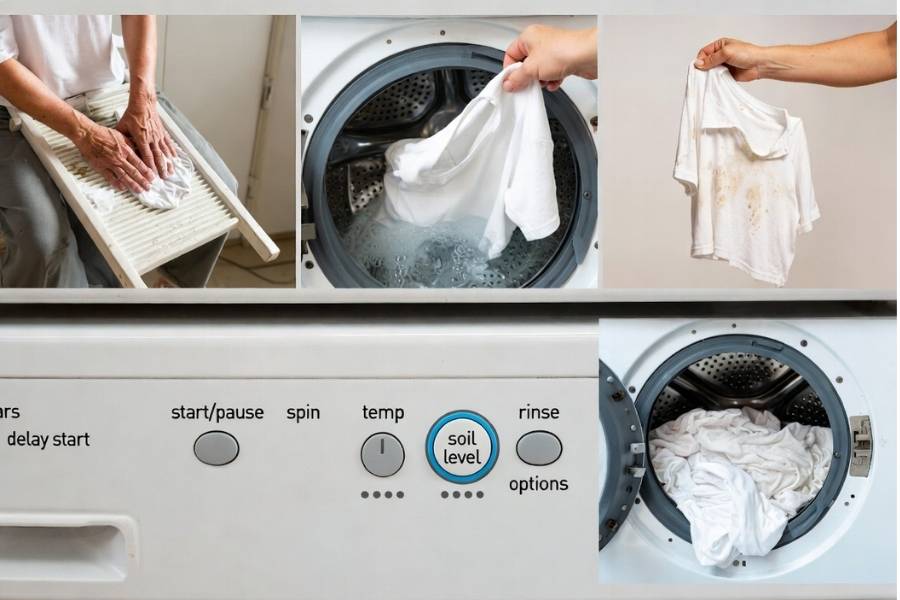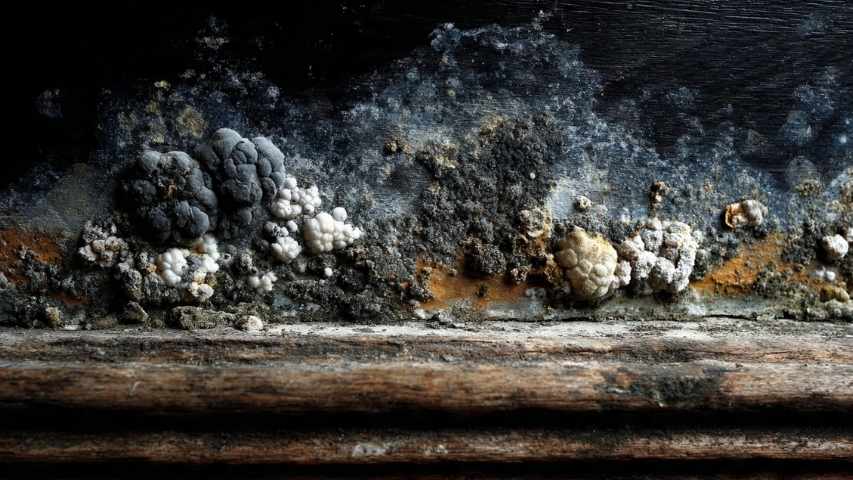Have you ever seen the “soil level” button on your washing machine and wondered what it does? Many people have. This setting can help you get your clothes clean while also protecting them from extra wear.
Learning how to use the soil level setting can make laundry easier. It can help you save energy, keep your clothes in good shape, and handle tough stains. This guide explains what each soil level means and how to pick the best one for your laundry.
What is the Soil Level Setting?
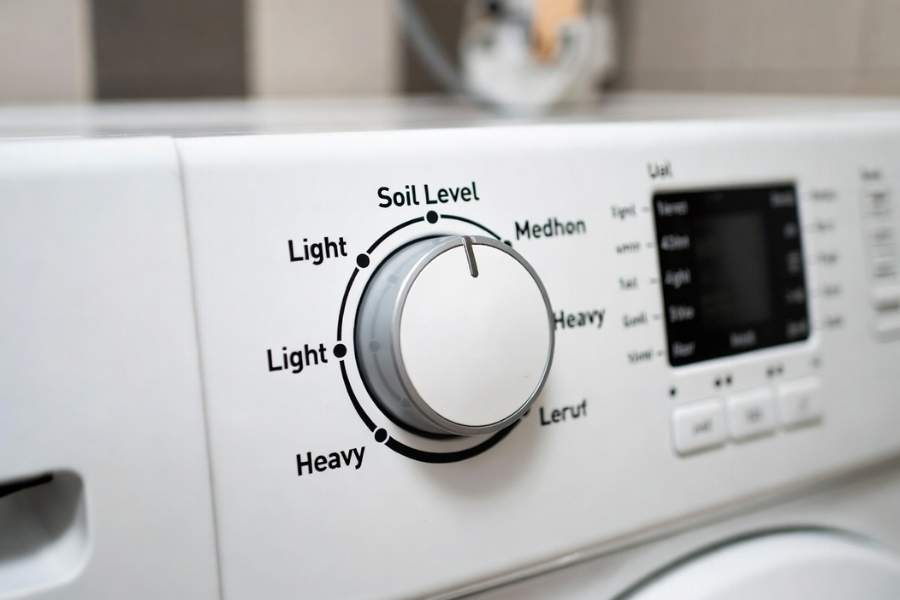
The soil level setting lets you change how intense the wash cycle is, depending on how dirty your clothes are. It adjusts things like how long the cycle runs, the water temperature, and how much the machine moves your clothes around. (HOW TO USE, 2025)
In other words, you’re telling the machine how hard it should work. Lightly worn office shirts don’t need the same strong cleaning as muddy soccer uniforms. Choosing the right soil level gives your clothes the wash they need.
Not every washing machine has this feature, but if yours does, you’ll usually see three options: light, medium, and heavy. (Cycles, settings, and features on your Samsung washing machine, n.d.)
Light Soil Level
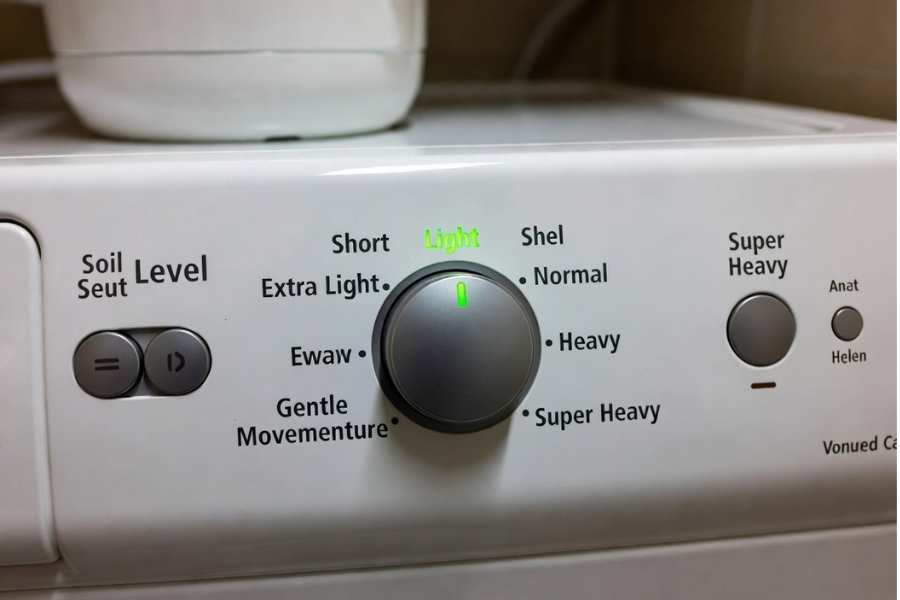
The light soil setting is the most gentle option. It’s often the default setting on many washers because it’s designed for clothes that are not visibly dirty. (What Does Soil Mean on a Washer? Here’s How to Use the Setting, 2025) Think of it as a refresh cycle for items you’ve only worn once or twice.
This setting uses a short wash time, low water temperature, and gentle movement. It helps protect delicate fabrics while still cleaning them well. (Mastering the Machine Wash Delicate Cycle, 2025)
When to Use the Light Soil Setting
- Delicate Fabrics: This is the go-to setting for materials like silk, lace, wool, and thin synthetics like nylon. These fabrics can’t handle high heat or rough tumbling.
- Lightly Worn Clothes: Use it for items that just need a quick freshening up, such as work shirts, blouses, or pants that you’ve worn for a day at the office.
- Clothes with Minor Dirt: If your clothes just have a little dust or don’t feel fresh, the light setting is enough. It’s not meant for big stains.
Medium Soil Level
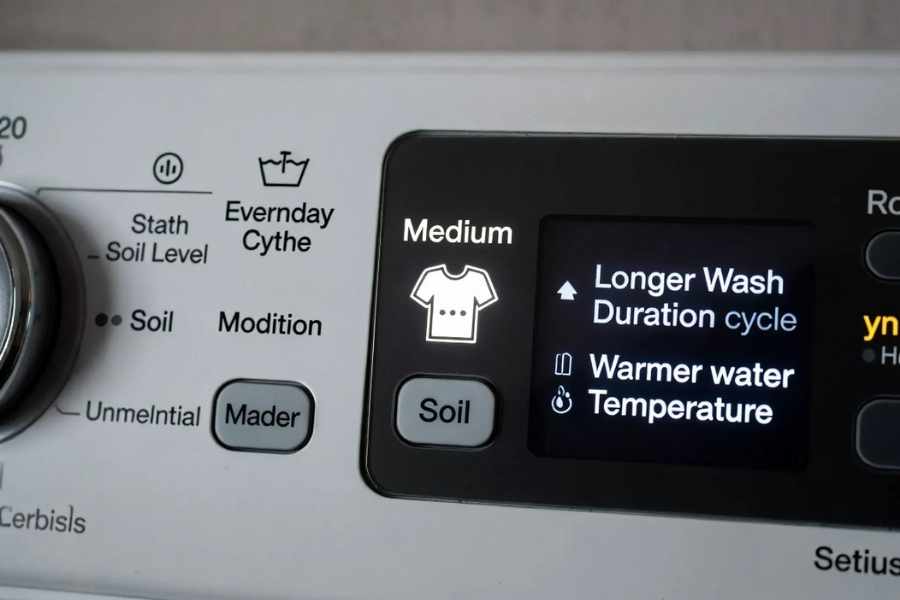
The medium soil setting is good for everyday laundry. It gives a balanced wash for clothes that are a bit dirty, with a longer cycle, warmer water, and more movement than the light setting. (What Does Soil Mean on a Washer? Here’s How to Use the Setting, 2023)
This is the setting you likely use most often for your regular laundry loads. It’s effective at removing common stains and grime without being overly harsh on most fabrics.
When to Use the Medium Soil Setting
- Everyday Clothing: This setting is ideal for most of your regular clothes, including cotton t-shirts, socks, underwear, and synthetic blends.
- Moderate Stains: It works well on common stains like grass, food, or sweat, especially if you treat them before washing.
- Activewear: Most exercise clothes can be washed on a medium setting, which helps remove sweat and odors effectively.
Heavy Soil Level
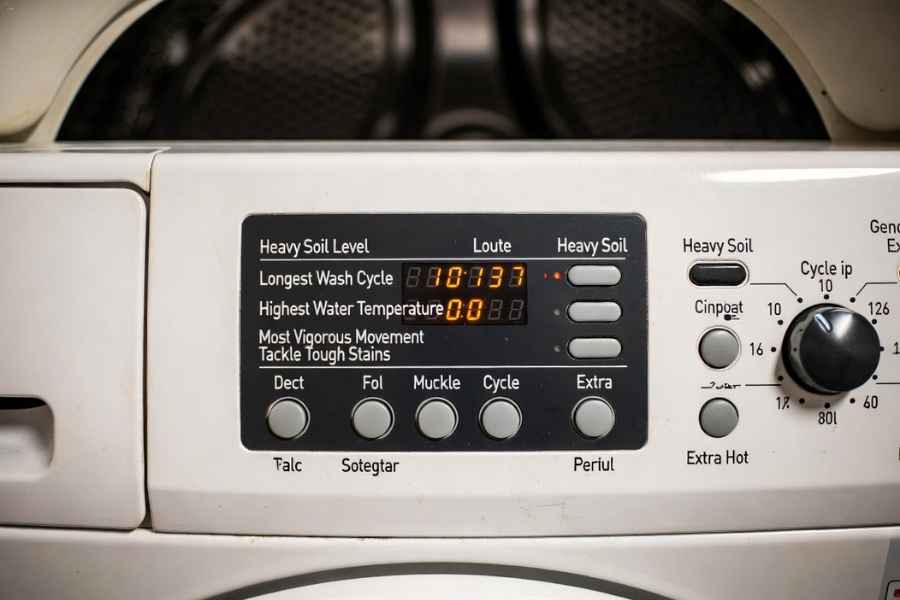
The heavy soil setting is the strongest option, made for very dirty clothes and tough stains. It uses the longest wash time, hottest water, and the most powerful movement to clean stubborn dirt. on fabrics. (What Does Soil Mean on a Washer? Here’s How to Use the Setting, 2023) Use it sparingly, only for items that can withstand the intense cleaning process.
When to Use the Heavy Soil Setting
- Heavily Soiled Items: This setting is perfect for workwear from manual jobs, clothes covered in mud or dirt, or items with set-in stains.
- Oil-Based Stains: The combination of hot water and vigorous agitation makes it particularly effective for tackling tough, oil-based stains.
- Durable Household Items: Use the heavy setting for strong items like thick towels, bed sheets, and work pants that need a deep clean. For regular cotton clothes like t-shirts, use the medium setting to prevent damage.
A Crucial Rule: Always Prioritize Your Fabric
It’s important to always make sure the soil level setting matches your fabric type. Even if a delicate silk blouse has a tough stain, using the heavy cycle can ruin it. Strong movement and high heat can damage delicate clothes; it’s better to stick with the light soil level and pre-treat the stain separately. Always follow the care label on your clothing—your fabric’s tolerance should always be the deciding factor.
Soil Level vs. Water Level
Many people think that raising the soil level also means using more water, but that’s not always true. The soil level setting is about how dirty your clothes are, which changes how long and how hard the machine washes. (What Does Soil Mean on a Washer? Here’s How to Use the Setting, 2025)
While a heavier soil setting might use more water to ensure a thorough rinse, its primary function is to control the wash action, not just the water volume. Modern high-efficiency washers are designed to use as little water as possible, allowing the machine to optimize water use based on the load size and selected cycle. (HE Form 577, n.d.)
Putting It All Together
The soil level setting helps you tailor your laundry routine. By picking the right level for each load, you get clean clothes without extra wear. This can make your clothes last longer, save energy, and give you better results.
Next time you do laundry, check how dirty your clothes are. Try out the different soil levels and notice the results. Being thoughtful about your wash can help your clothes stay cleaner and last longer.







